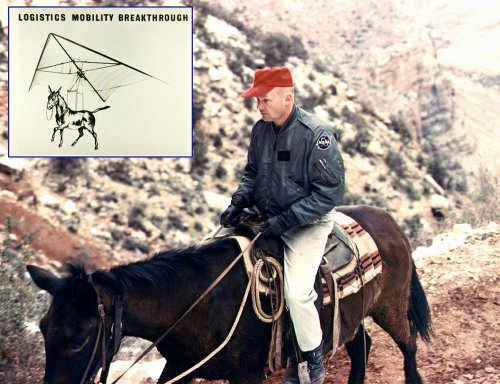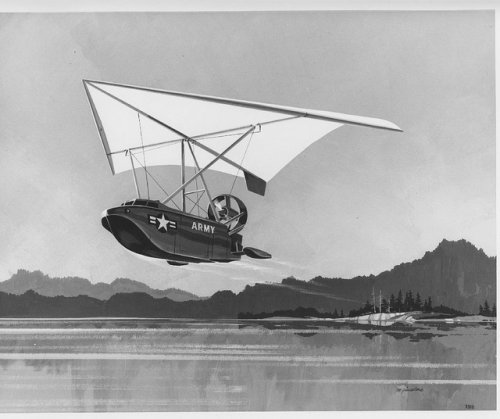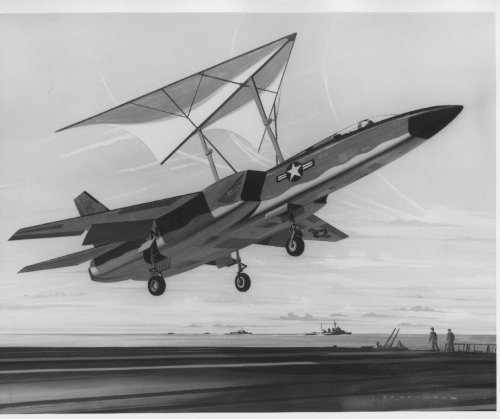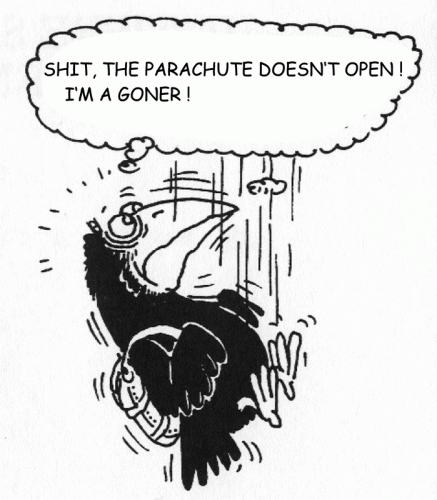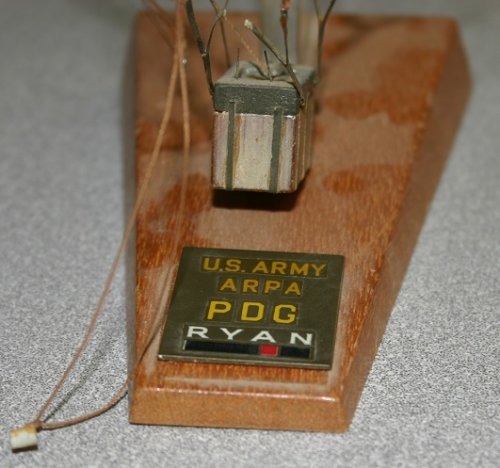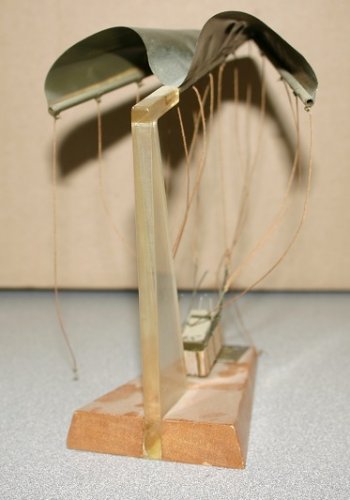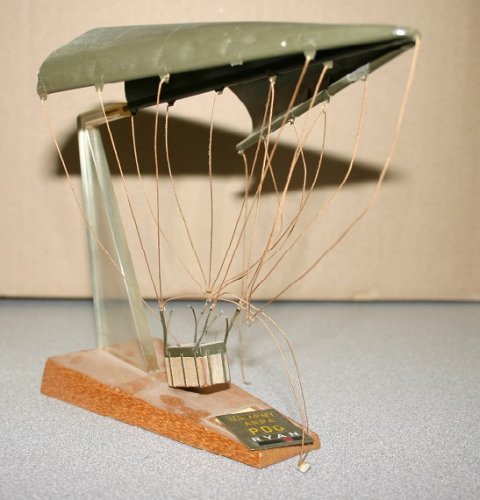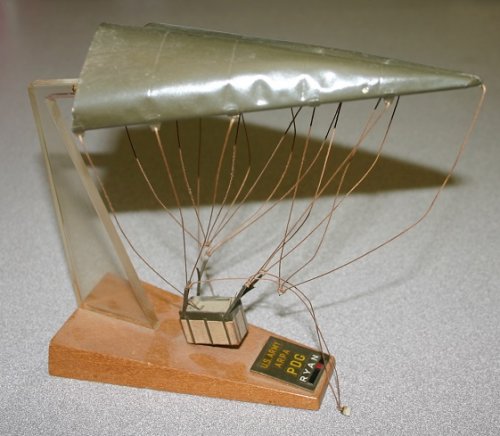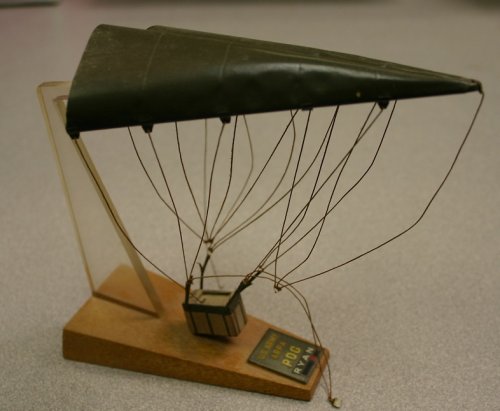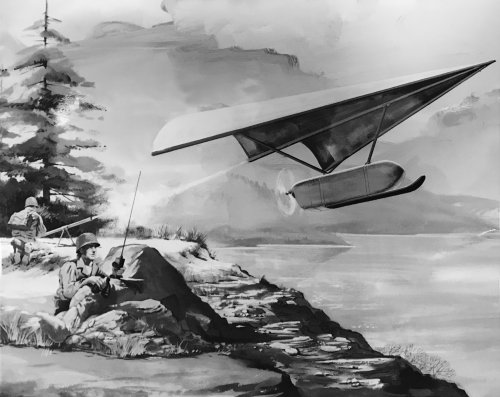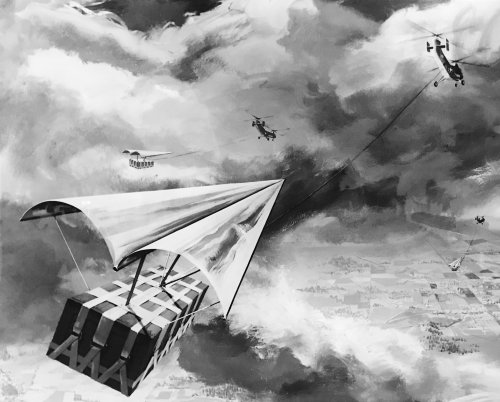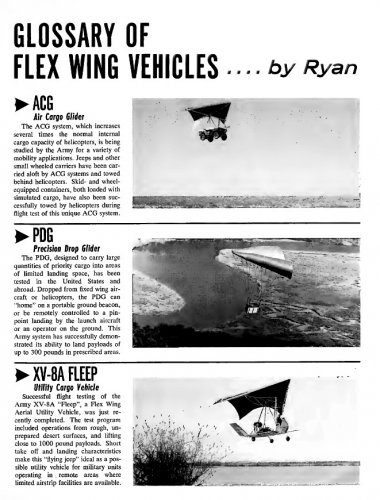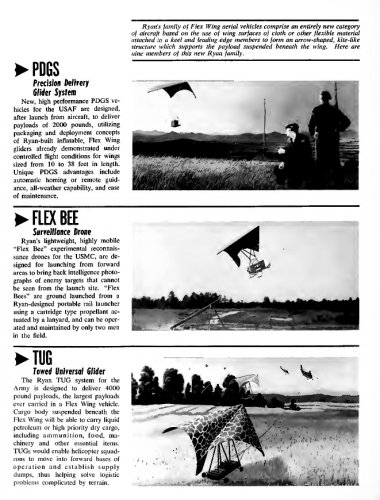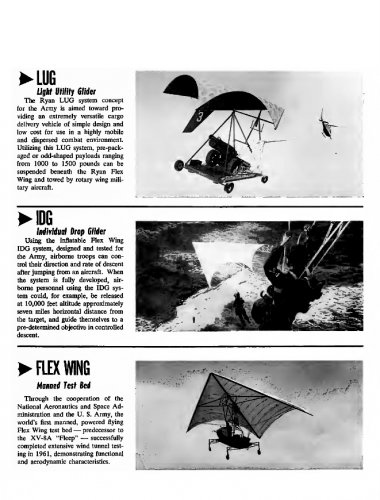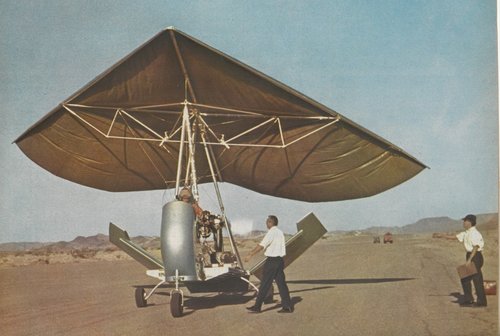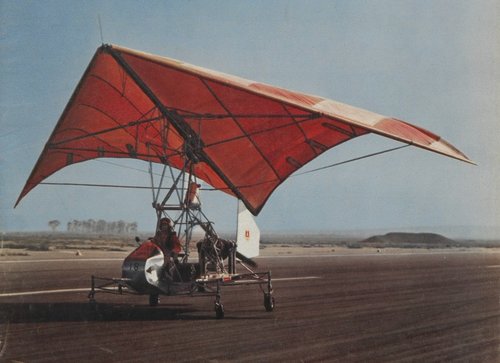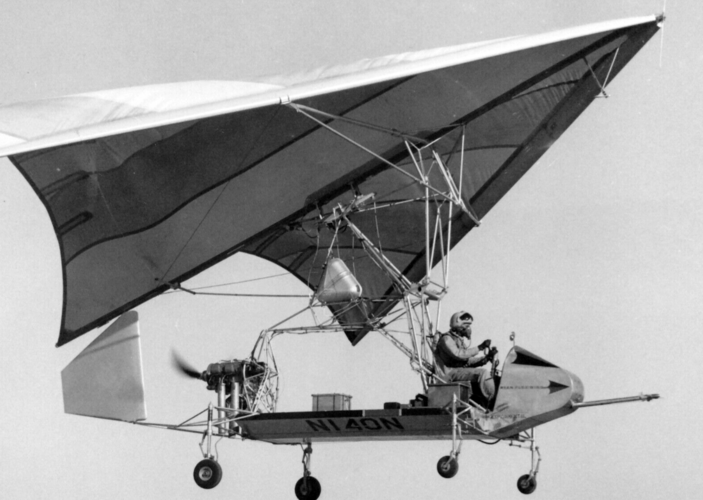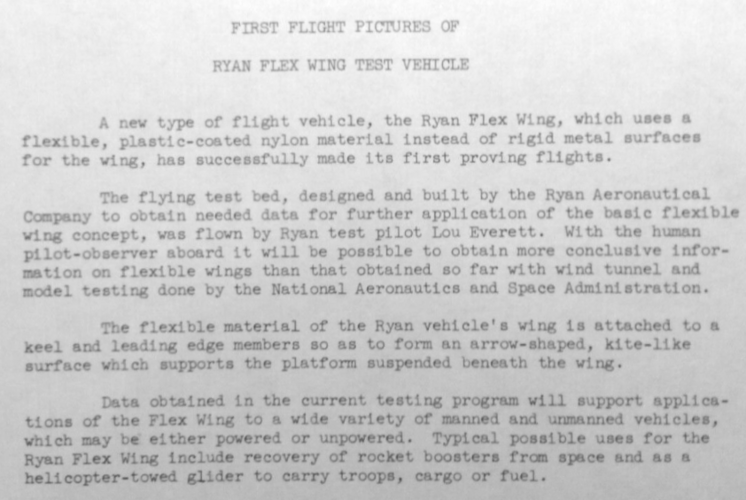Let me do some checking around but I seem to recall a series of patents on ISO container delivery by air that had several "flexible" wing designs. One thing to note though is that Rogallo himself studied dozens of "other" methods to control his wings in flight OTHER than the mass-shift or wing-angle ones.Mole said:I had never seen the air-mobile container in the first post in this thread, but I had something very similar in mind. I was searching SPF for information on flexible wings to flesh out a concept for a rugged, low-speed utility aircraft small enough to fit in an ISO 20' shipping container. Does anyone know of any good resources on the design of flexible wings? I am particularly interested in the combination of the flexible wing with more more conventional aerodynamic control surfaces rather than weight-shift control of hang gliders and microlight trikes. Thanks!
Randy

